Pauline Garon (1901-1965)
-
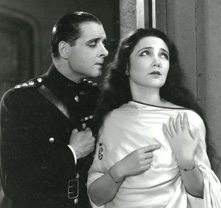
Pauline Garon in Le spectre vert (Georges Feyder, 1930), an alternate French version of Unholy Night (Lionel Barrymore, 1929).
Source : Collection Pierre Pageau
-
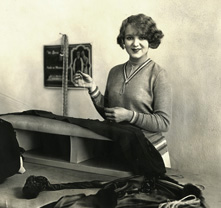
Pauline Garon in the laundry business she owned.
Source : Collection Pierre Pageau
-
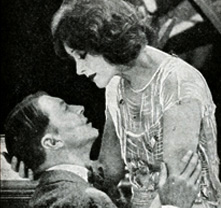
Advertising handbill for the film Compromise (Alan Crosland, 1925).
Source : Collection Pierre Pageau
-
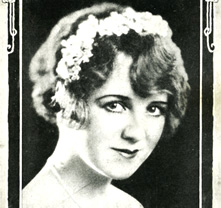
Collecter’s card from a package of cigarettes showing Pauline Garon.
Source : Collection Pierre Pageau
-
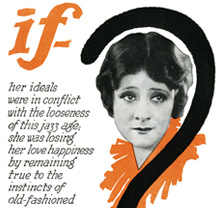
Advertising handbill for the film Compromise (Alan Crosland, 1925).
Source : Collection Pierre Pageau
-
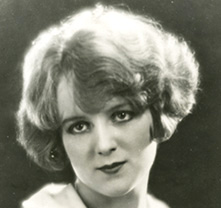
Photographic portrait of Pauline Garon.
Source : Collection Pierre Pageau
Marie Pauline Garon was born in Montreal on 9 September 1901, the youngest of eleven children. She studied for seven years at the prestigious Sacré-Coeur convent in Montreal (Notre-Dame congregation), where she learned singing and music. She left Montreal at the age of 19 to act on Broadway, where she met with a degree of success.
During the silent period she made some forty films for Warner Bros., including twenty in which she had the lead role. She followed this up with another thirty films between 1930 and 1937, in which she played supporting roles. In her silent films she portrayed a “flapper” and most often was cast as a “bad” mistress (for example in Compromise, 1925). With the arrival of talking films, she made use of her speaking ability in both French and English, making three films in French shot in Hollywood. During this period she was most often confined to roles as a French maid to rich families (for example in The White Cockatoo, 1935). Pauline acted with Fifi D’Orsay in Wonder Bar in 1934. In 1930, she came to Montreal and Sherbrooke with Garde la Bombe (produced by Hal Roach and co-starring Charley Chase). She died in 1965.